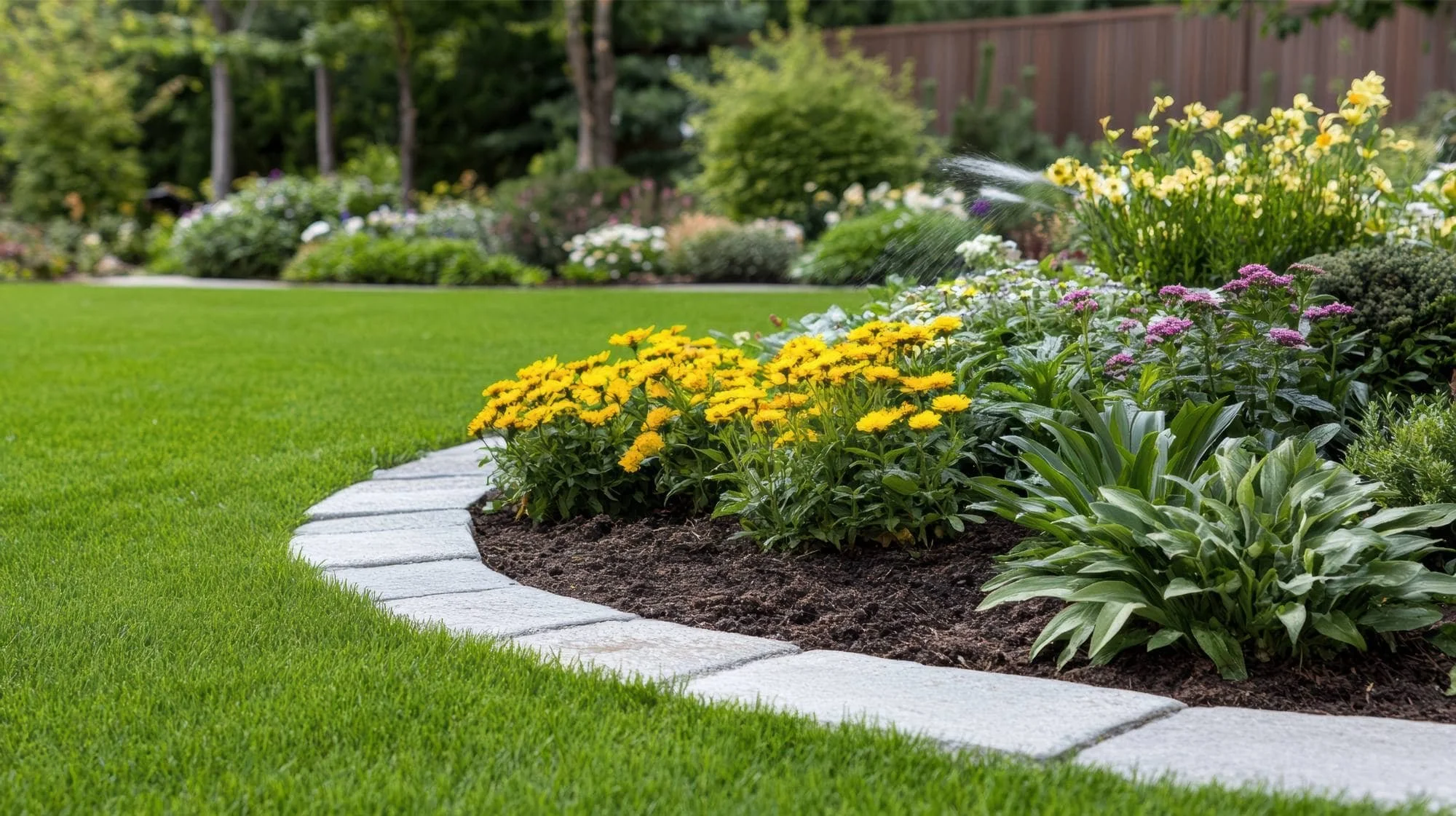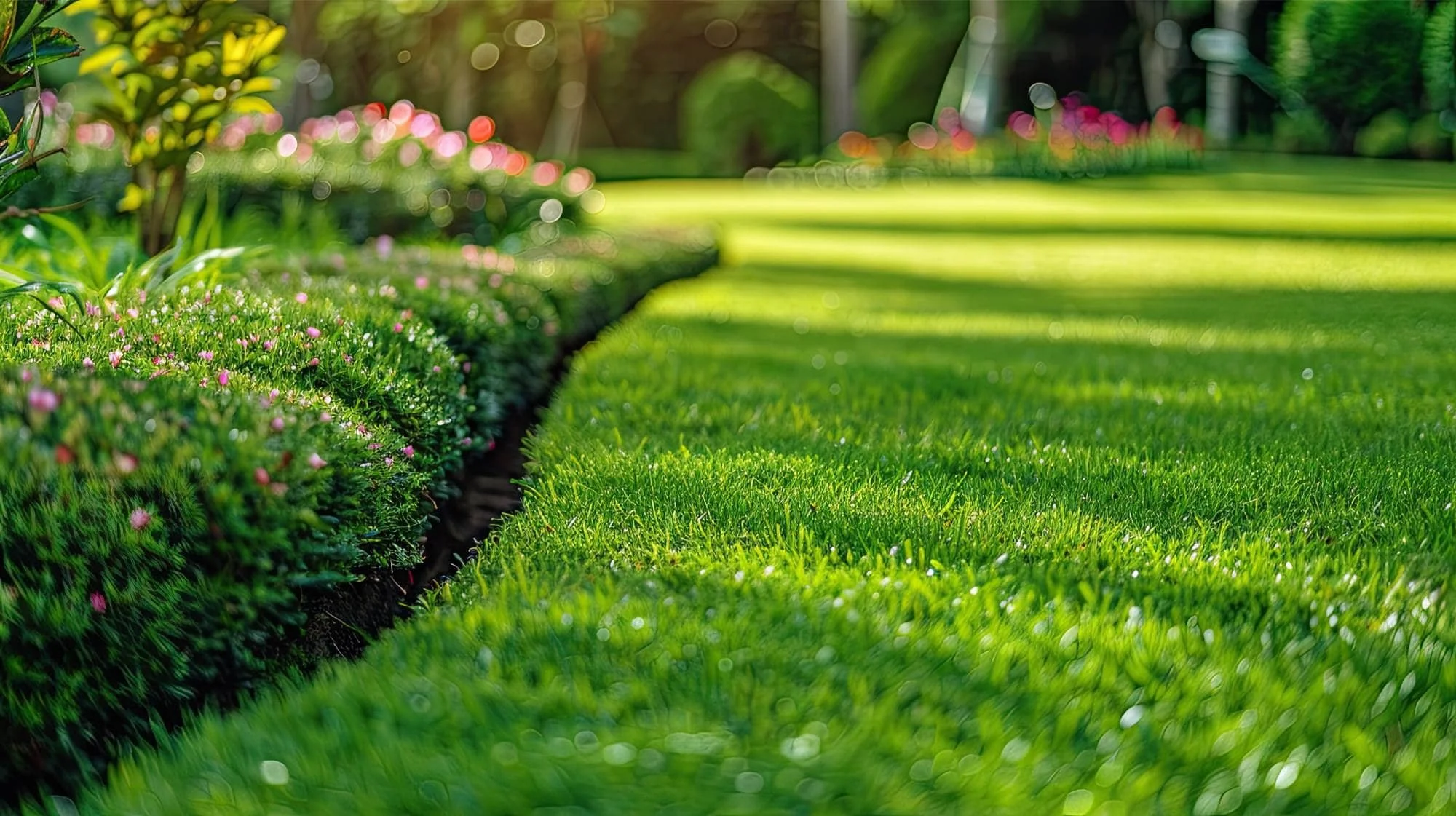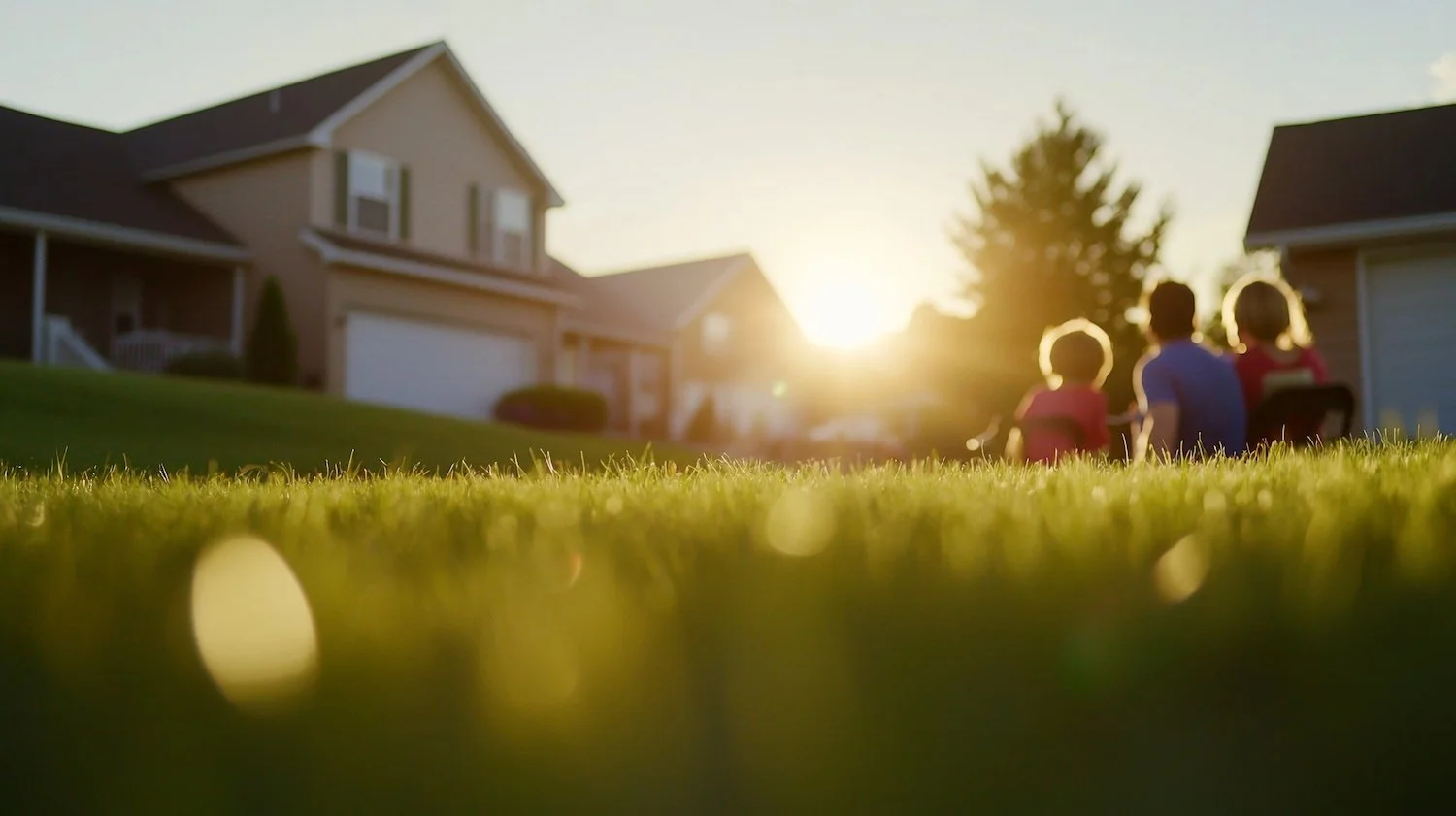
Aeration & Overseeding for Ohio Lawns
The First Step Toward a Thicker, Healthier Lawn
Compacted soil and bare patches can make even the best-kept lawns look tired. Our aeration and overseeding services open up the ground, strengthen roots, and fill in thin areas with fresh growth. It’s the easiest way to give your yard the boost it needs for a greener, thicker lawn you’ll love coming home to.

“I decided to convert from self-ruin to instead have a professional take care of yard feeding this year. Being older, and physically challenged, these folks could not possibly have been more helpful!”
Core AerationBreathe New Life Into Your Lawn
Soil compaction stops air, water, and nutrients from reaching your grass roots.
Our core aeration process pulls small plugs of soil from the ground, creating channels that let your lawn absorb what it needs to thrive. As the plugs break down, they return nutrients back into the soil for lasting benefits.
OverseedingFill Bare Spots and Build Natural Defenses
Aeration opens the soil, but overseeding fills it.
By spreading a premium blend of Kentucky bluegrass, ryegrass, and fescue, we help thicken your lawn, crowd out weeds, and improve durability. Overseeding right after aeration ensures seed-to-soil contact, which means better germination and stronger results.
Here’s why our blend works best for Ohio lawns:
Kentucky Bluegrass lays the foundation with a rich green color and the ability to naturally spread, filling in thin spots for lasting coverage.
Ryegrass picks up where bluegrass leaves off, sprouts fast, stands up to kids and pets, and helps block weeds before they take hold.
Fescue anchors it all with deep roots, thrives in shade, handles drought, and keeps your lawn resilient year-round.
Together, they create a lawn that looks lush right away, holds up to daily life, and stays healthy year after year.
Slit SeedingA Boost for Stubborn, Thinning Lawns
For thin or damaged lawns, slit seeding offers even better results.
Our machine slices shallow rows into the soil and drops seed directly inside, giving it the best chance to root and grow. It’s the most effective way to restore lawns with larger bare areas and provides stronger results than traditional lawn seeding alone.

When to Schedule Aeration & Overseeding
Cool-season grasses in Ohio respond best in the fall, when soil and air temperatures are just right for growth. Aeration in September through November gives your lawn the best chance to recover, thicken, and prepare for winter.
Spring aeration is also available, but since your grass is busy waking up from dormancy, fall is usually the better option. For most lawns, one aeration (with overseeding if needed) per year is enough to keep roots breathing and turf looking full.
After Your Service:
What to Expect
You’ll see small soil plugs on the lawn — leave them in place, they’ll break down and feed your turf.
New grass takes patience. Most seed germinates within 1–3 weeks, depending on weather.
Watering is key. Consistent moisture helps new roots establish quickly.
Safe to enjoy. Once the lawn is dry, kids and pets can be back outside the same day.
Local Service, Local Roots
We’re proud to serve homeowners across the Greater Columbus, Cleveland, and Cincinnati areas, including Westerville, Lewis Center, Delaware, Dublin, and nearby communities. Every lawn we treat is part of the same neighborhoods where we live and work — which means your lawn care always comes with local expertise and a personal touch.
FAQs
-
For Ohio homeowners asking ‘when should I aerate my lawn?,’ the best time is fall (September through November). That’s when cool-season grasses are strongest and ready to recover. Spring aeration is available too, but fall usually gives better results since your grass isn’t coming straight out of dormancy.
-
Aeration creates small holes that are perfect for seed-to-soil contact. Overseeding immediately after means the seeds settle into those holes, germinate more evenly, and grow into a thicker, healthier lawn.
-
Most seeds begin germinating within 7–14 days, but full results develop over the following weeks as new grass thickens and fills in.
-
Yes. Consistent, light watering for the first 2–3 weeks helps seeds germinate and establish roots. If rain is in the forecast, you can let nature handle it.
-
We recommend waiting until new grass reaches 3–4 inches before mowing. This gives young seedlings time to establish without being stressed.
-
Aeration opens the soil by pulling out plugs, while slit seeding plants seed directly into shallow grooves. Both improve seed-to-soil contact, but slit seeding is best for thinning or heavily damaged lawns.
-
Absolutely. Once the lawn is dry (usually the same day), it’s safe for kids and pets to play again.
Get 50% off Your First Visit!

A Healthier Lawn Starts With a Conversation
You don’t have to settle for vague promises or companies that push the next sale. At Lawn Control Center, we make expert lawn care personal, predictable, and built for Ohio homeowners like you.




